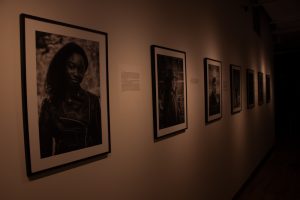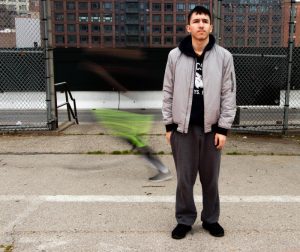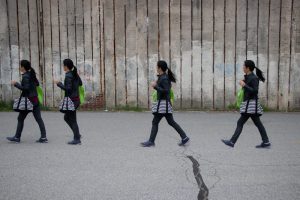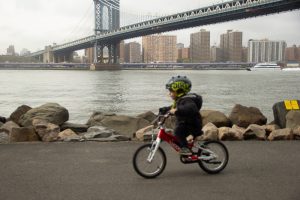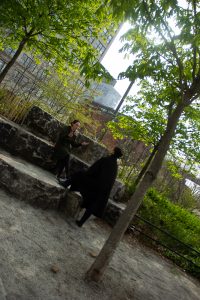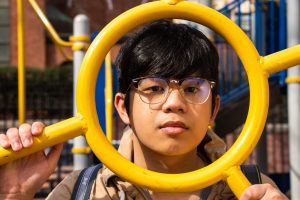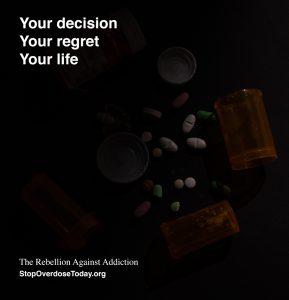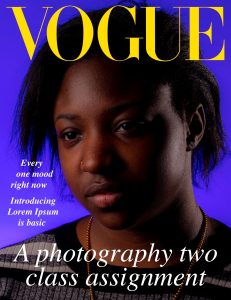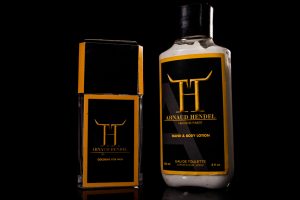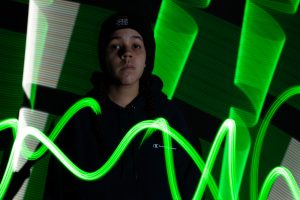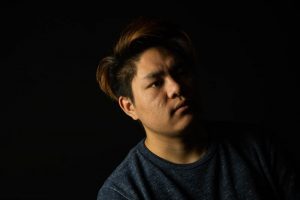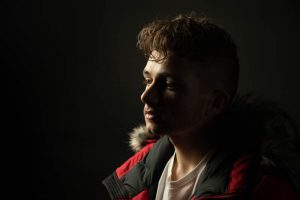When I first arrived in the exhibit, it was mostly empty and quiet, but maybe it was because I came in around noon on the last day it was supposedly going to be shown. This trip to the exhibit may have been the first where I went to a photo exhibit at least so I didn’t really know what to do, but randomly walked around and came across some interesting photos. However, there were some photos where I may have done something differently. The only great photos I thought that were displayed were the first three and last three that are uploaded supposedly that the pictures will come out in the order I uploaded them in. The first three photos were purposely taken with a blurry look to it as if the subject was moving around. Normally, photographers may try to get their subject or object nice and sharp, but this photographer managed to get a great photograph that uses a blurry concept. As for the last three photographs, it all highlights a certain small part in the photograph while making everything else out of focus which I personally think is a great technique to use to give importance to what message the photographer was trying to tell with their photographs. The rest of the photographs that I have uploaded have some issues that I would fix or maybe it’s just me that is getting weirded out.
The 4th picture that is taken by this photographer choose a concept to blur out the face and have everything else in sharp with a middle and portrait shot. What is bothering me is that they should have just blurred out the entire head including the hair because the hair could represent some sort of identity whereas their concept was “blank” or no identity so they kind of failed to fully execute it in my eyes. The 5th and 6th picture concept was about religion and the photographs came out really nice. However, it really does not have anything that hints at the religion of the models so I would have tried a different approach or given them a different background to be shot in. The 7th picture is interesting in the point that the model is wearing clothes that belong to their culture and it contrasts with the background which gives off a white American vibe. Perhaps that was the purpose to show this contrast, but I would have liked it to be shot elsewhere to highlight the model even more.





